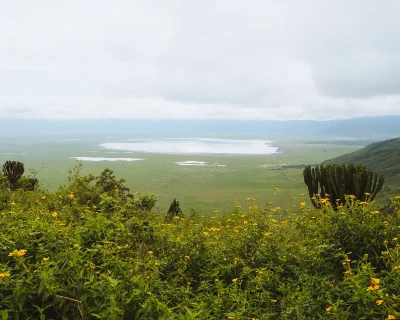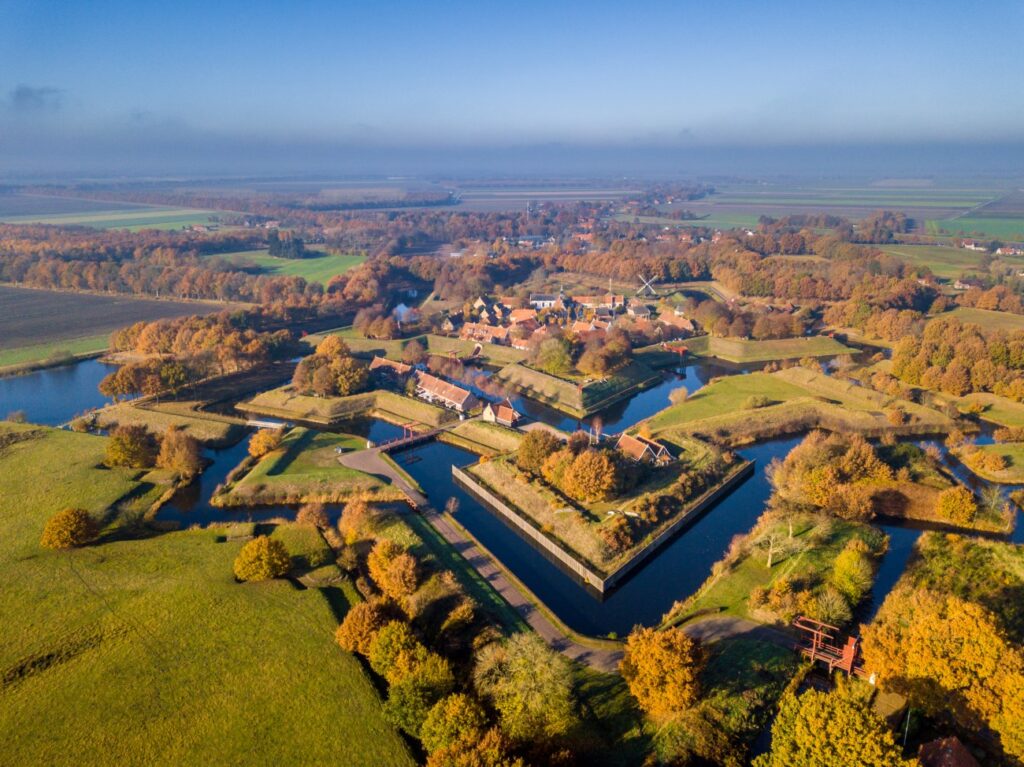A New Normal Needs Nature
As the world reopens after the worst of the pandemic and we begin to move on from the trauma, confinement and frustration that it brought, the renewed opportunity to experience the great outdoors calls strongly to many. Mindful of how life can be full of surprises, the incentive to visit those “bucket-list” places is strong. So for those with a yearning for wide-open spaces and an interest in African wildlife, few destinations compare to Tanzania’s fabulous Serengeti National Park.
So, why Serengeti?

The Serengeti, which literally means endless plain, is vast, covering 14,763 km² of rolling savanna, rocky outcrops, rivers and more. Ranking as one of the most sought-after safari destinations on the continent, it has a very well-developed safari industry, catering to varied budgets, interests and pursuits.
Thanks to innumerable documentaries, books and articles, the Serengeti is synonymous with two draw cards – predators and the annual migration of nearly 2 million herbivores. However, to suggest that those are all that this natural Eden offers would be to do the vibrant ecosystem a disservice.
For one thing, the migration is a temporary attraction, while the grandeur and diversity of life the Serengeti represents are constant. Also, being territorial, most predators remain long after the dust of the migration has settled. Visiting in the off-season has numerous advantages, both for the quality of sightings and the cost of the experience.
Serengeti Sooner Rather Than Later
Now factor in that in a post-pandemic world it will take some time for society to get back to speed. If people ever had any complaints about the Serengeti, it was about the (understandably) high volume of tourists. While there are positive signs of a return to those levels, at present the number of tourists is significantly below those experienced in pre-Covid years. This translates to a wider choice of service providers and offers to choose from, but more importantly to a greater sense of the wilderness you will enter.
As previously mentioned, Serengeti’s size is a key attraction. In ecological terms, the greater an area unimpeded by the influence of external factors (like human development), the greater the chance of a fully functioning ecosystem to thrive. Nature is a vast and intricate web – with organisms invisible to the human eye able to impact the survival of elephants. Likewise, without the elephants, these microorganisms may disappear. So, given the space and relatively low human impact within the park, you can be assured that you are seeing nature close to her primal best.
A Serengeti Soul Safari

For most of us, we are almost unaware of how our senses are cluttered by the environment we live in. Not only has this led to certain senses being underdeveloped or ignored, but as functioning ecosystems ourselves, being deprived of this stimulation results in stress. This brings us to how beneficial being in nature is for your overall health. Given the tumultuous time we’ve all had lately, the Serengeti offers a most pleasant remedy. Many visitors are awe-struck by the immense horizons and deafening silence of the endless plain. When last did you hear the grass whispering in the breeze?
Given the spectacular landscapes and tranquil environment, the Serengeti lends itself beautifully to various wellness activities to further enhance the feeling of connectedness, both internal and external. This is catered to by many of the lodges that offer both spa treatments using traditional, organic methods, while meditations and classes led by experienced yoga practitioners can be arranged. Imagine doing your vinyasas on the top of a rocky outcrop while the rising African sun gradually paints the panorama before you.
An Evergreen Environmental Escape

And while you’re learning about your internal self, going on a Serengeti safari is also a fantastic way to be educated about our planet’s diverse fauna and flora, their importance, and the challenges to be addressed to preserve them for future generations.
The pride of any reputable safari company will be their guides. Professionals whose skill in interpreting the behaviour of different species, the natural processes unfolding, and traditional wisdom elevate the experience from good to unforgettable. Activities range from game drives in customised safari vehicles to interpretive nature walks, walking safaris, and even early morning hot air balloon trips.
There is no getting away from the fact that most who visit want to see animals, with the so-called Big 5 (lion, leopard, elephant, rhinoceros, and buffalo) being top of the wishlist. Sadly, rhino numbers are a fraction of what they were, and in the Serengeti are safeguarded in protection zones. Still, there are vibrant populations of the other four species, and of these, the predators are undoubtedly the most sought out.
Given the plentiful prey and varying habitats, Serengeti’s predators are abundant and there is an excellent chance you will witness inter-predator behaviour along with their efforts to secure their next meal.
With plains rich in minerals, carpeted with nutritious grasses and dotted with water sources, the landscape is host to a startling diversity of herbivores – from the diminutive dik-dik to enormous elephants. Given the sanctuary afforded by the park and the plentiful food for most of the year, game numbers (and sightings) will not disappoint.
For the budding botanist and birder, the Serengeti offers a rich proliferation. With its vast grasslands and diverse habitats, the vegetation is ever-changing. And this in turn means the Serengeti is home to around 500 species of birds, of which five are found nowhere else on earth.
So – while the attractions are many and the distractions few – is there a better time for you to visit the Serengeti? There might not be for a while, at least.
See you soon Serengeti – Ten Key Attractions
- All the space and wildlife you could wish for after Covid confinement.
- A well-developed safari industry, catering to varied budgets, interests and pursuits.
- The Serengeti offers a lot more than just the drama of the wildebeest migration
- The quieter off-season offers the same amazing game viewing at a lower price, with more accommodation options available.
- A vast and fully functioning ecosystem means you see nature at its primal best.
- From the simple fact of being in nature, to various holistic and wellness activities offered, the Serengeti is good for your health.
- What better way to be educated about our planet, than having a vast wilderness as your classroom.
- A professional corps of knowledgeable, trained and hospitable guides.
- From hikes to hot air balloons, the range of activities promise adventure every day.
- The renowned Big 5 and abundant game all year round





